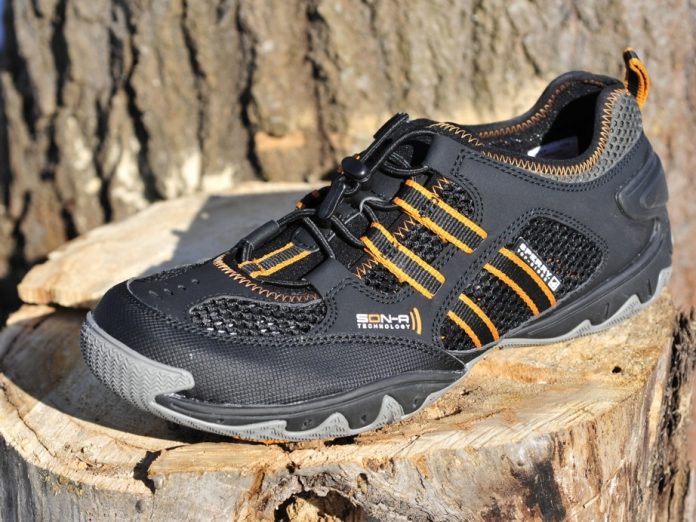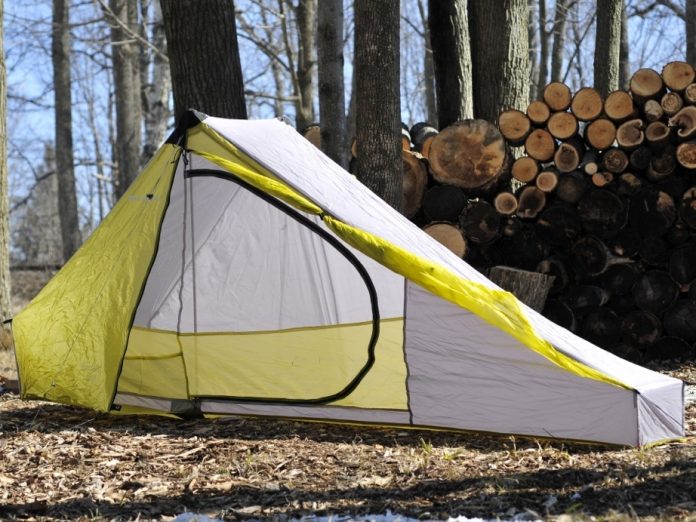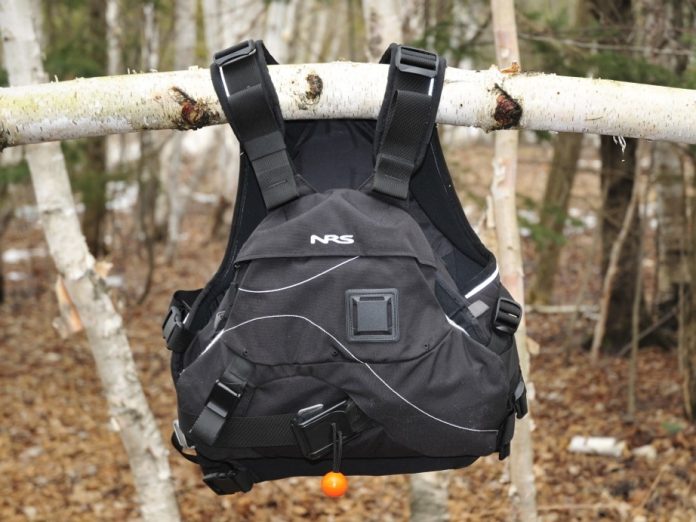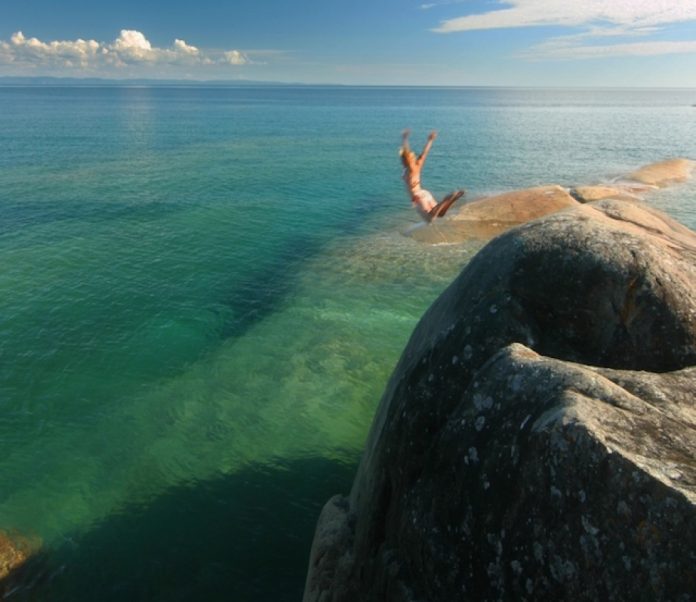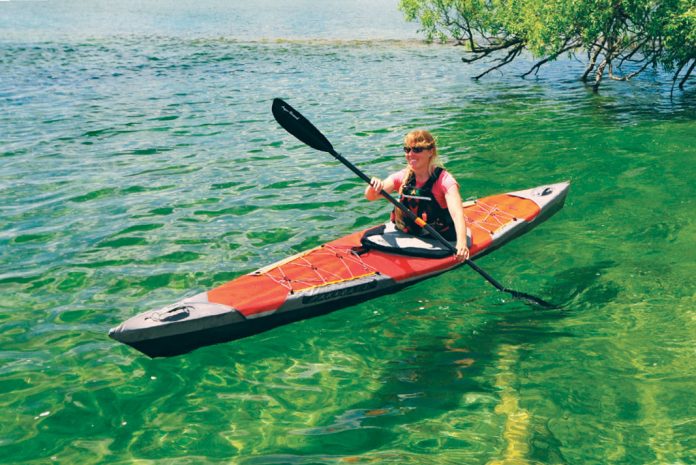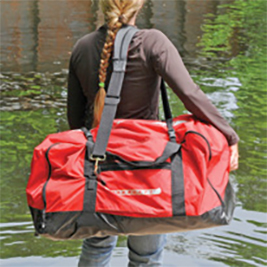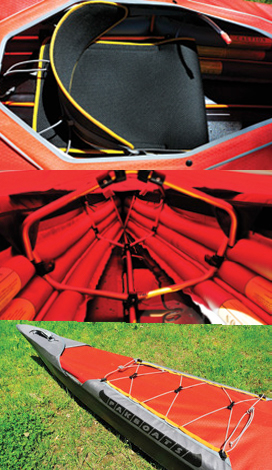At the turn of the last century, an avant-garde health craze swept Europe. Founded by J.P. Müller, a former lieutenant of engineers in the Danish Army turned fitness guru, the regime—which Müller called simply “My System”—combined 15 minutes of daily calisthenics, rubbing exercises and bathing.
I recently rediscovered my grandfather’s 1911 edition of My System, a slim, well-thumbed volume bound in faded red cloth. The book contains over two dozen monochrome photographs of Müller—an admirably proportioned man with an ostentatious handlebar moustache and gymnast’s chiseled physique—demonstrating his exercises and bathing rituals. In his briefs, mostly. Or butt-naked. In the snow.
Müller’s impropriety outraged his Victorian-era detractors, who called him pornographic. Still, My System was wildly successful; it was translated into 25 languages, sold two million copies and its method was adopted by a who’s-who of Royals and aristocrats. A clever self-promoter, Müller fuelled the fire with outrageous stunts, such as cross-country skiing in St. Moritz wearing only a loincloth.
Despite his varied and liberal athletic interests, it seems doubtful that Müller was ever a paddler. After all, he devoted a full page in My System to decrying cycling, which he claimed overworked certain muscles while neglecting others. Brisk walking or running, Müller exhorted, provided the only truly balanced, full-body exercise (other than My System, of course). Walking gave the legs a “classical contour” while cycling “deformed” them.
Sitting with legs immobile for hours at a stretch while kayaking—although beneficial to the “muscular corset” that Müller held in high esteem—would most likely have upset him greatly.
Still, I’m reminded of the dogmatic Dane on the third evening of a weeklong kayak camping tour on the Pacific coast. I’m having a daily bath—or at least I’m trying to.
My System urged bathers to use a shallow basin, or flat-bath, to conserve water. If a clamshell-like basin was not at hand, devotees could use the Müller Hand Shower, which he sold for five shillings. The bath was taken cold for the greatest benefit to the nervous system, except on Saturday when warm water was a permissible indulgence.
While some of Müller’s ideas are undeniably outdated, off-kilter or even offensive, much of My System has a timeless sensibility. Variations of the Hand Shower are marketed and sold today as camp showers. And many of his 15-minute exercises and breathing techniques would be familiar to anyone who has practiced yoga or Pilates.
Today, prevention of illness through hygiene and regular exercise is a widely accepted tenet of healthy living. But a century ago, this idea flew in the face of popular wisdom. Müller published My System while working with tuberculosis patients at the Vejlefjord Sanitarium for Consumption. It was, in a very real sense, a survival guide.
“Make use of fresh air and clean water,” Müller extolled, “let the sun shine upon you, and do not let a day pass without every muscle and organ in your body being set in brisk motion.”
There aren’t any clamshells on the sweep of pea cobble large enough for me to sit inside, and freshwater conservation on this tiny island is absolutely critical. Since I don’t have an original Müller Hand Shower, I allow myself a third of the contents of my Nalgene applied sparingly to a camp towel.
I call it My 300-mL Shower. Performed outside in the sunshine and sea breeze with much scrubbing and contorting, I think Müller would approve.
This article originally appeared in Adventure Kayak, Early Summer 2013. Download our free iPad/iPhone/iPod Touch App or Android App or read the rest of the issue here for free.







